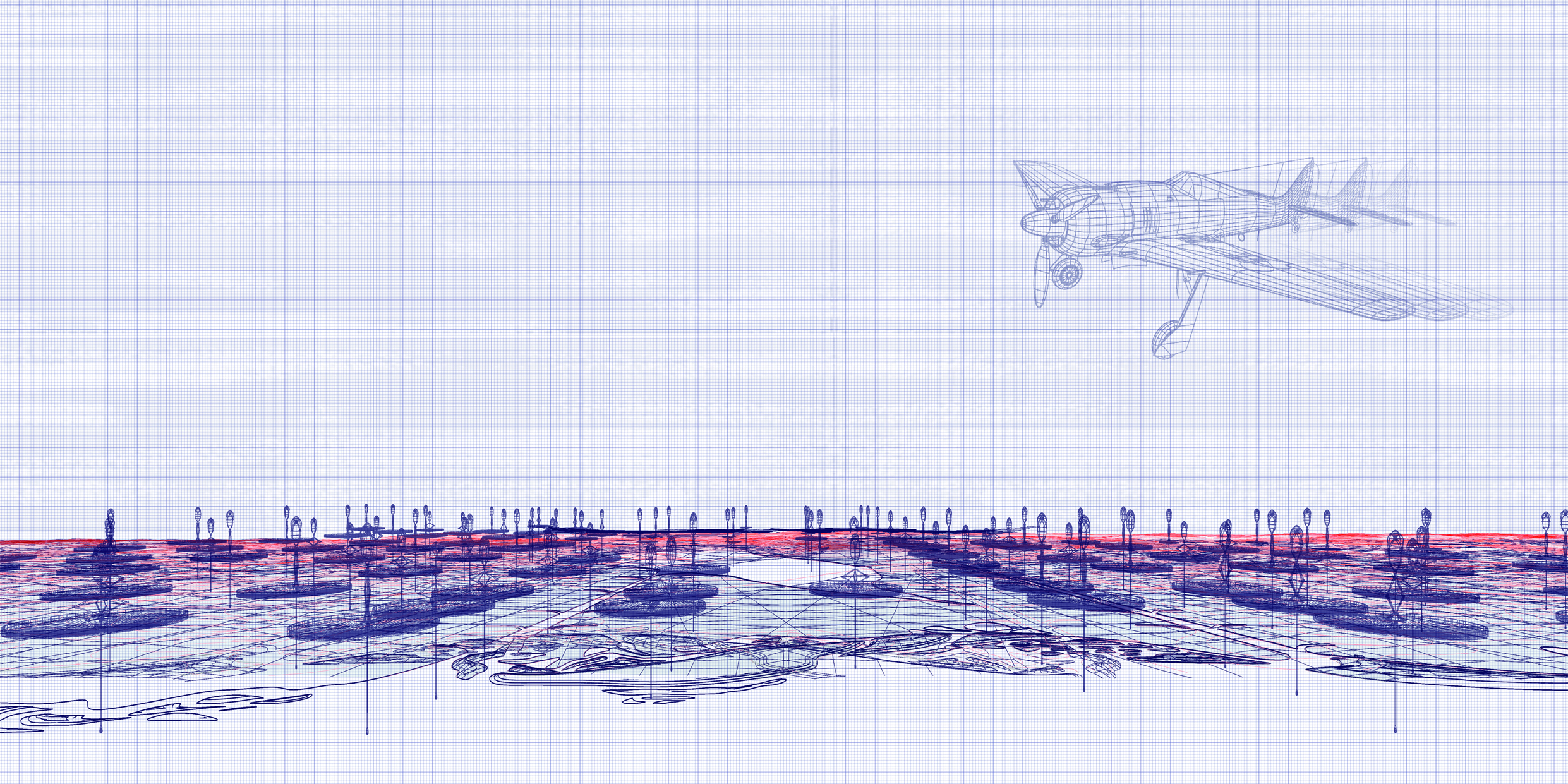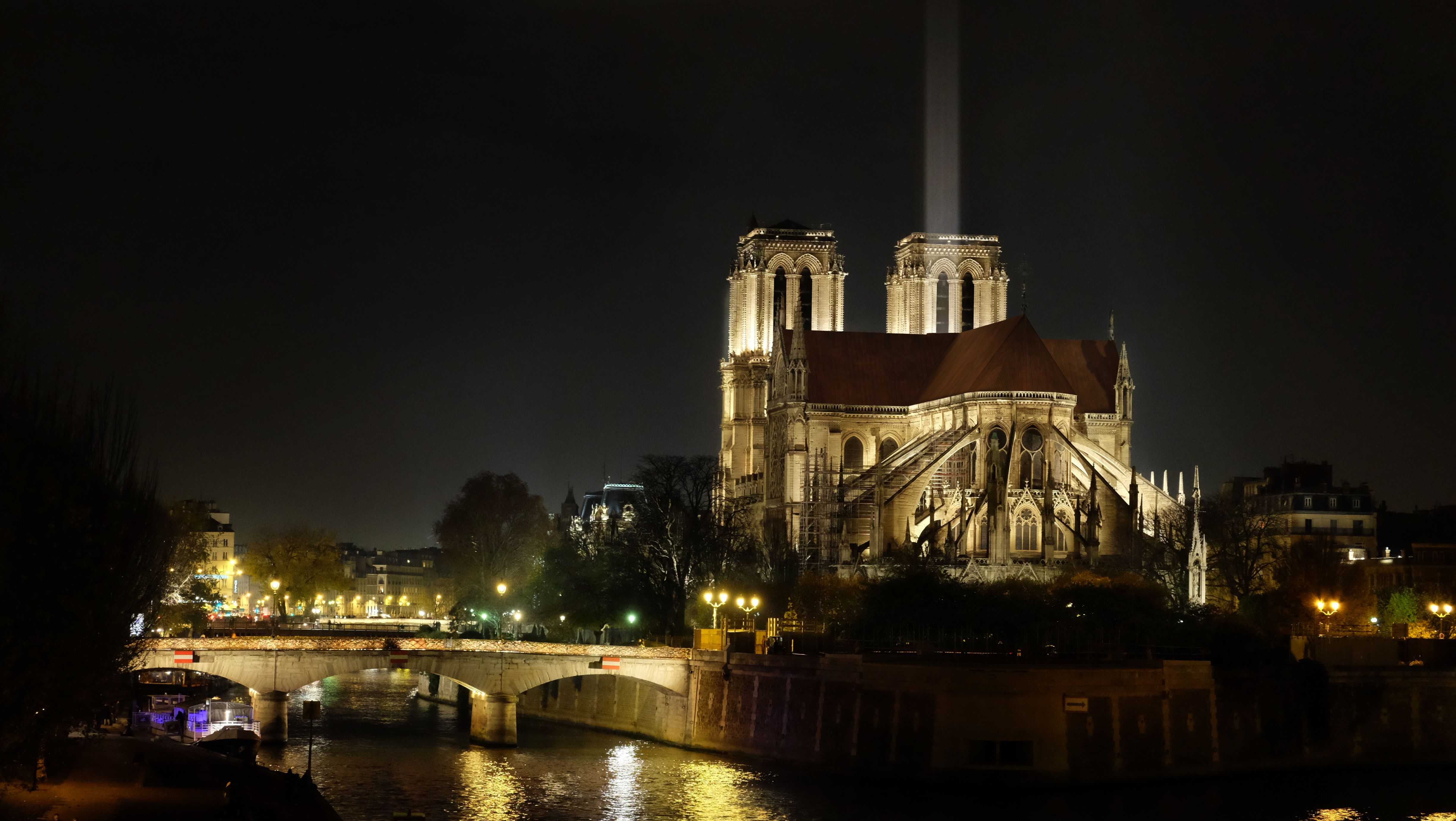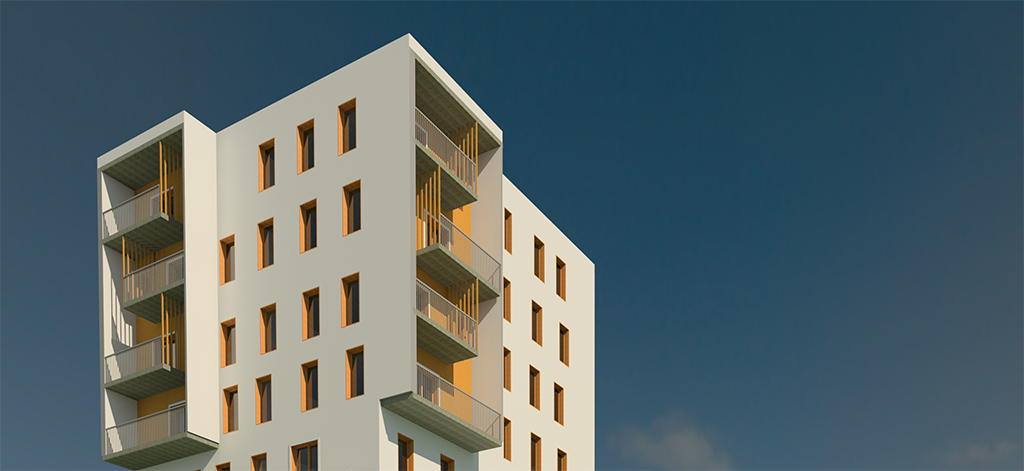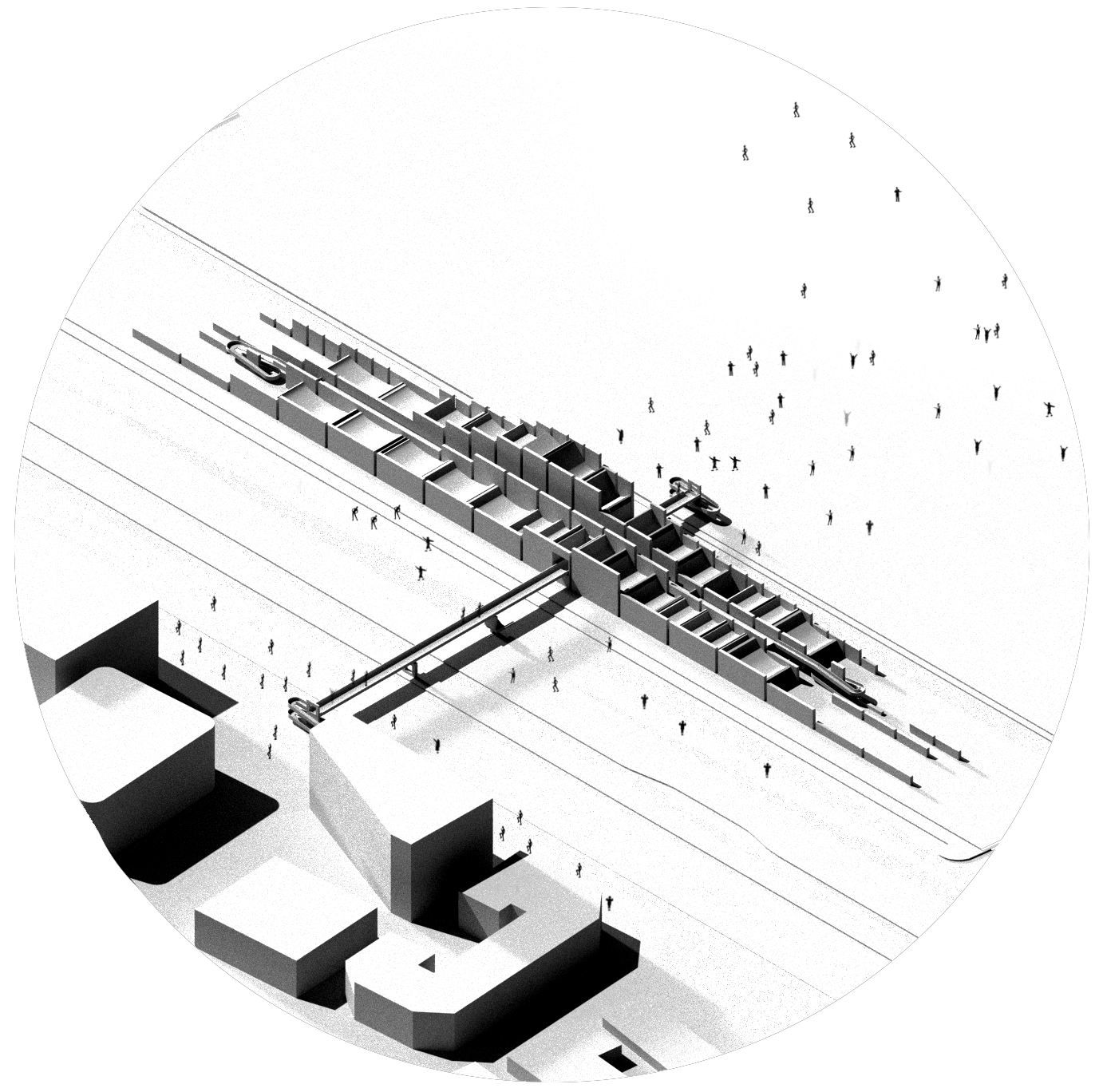Shigematsu often introduces himself as a Japanese architect but through his career he has expressed a very wide and high opinion on international matters and subjects. Most importantly I would like to emphasize the variety of projects he has done throughout his lifetime.
He started working in China (from 2000 to 2004) on large industrial projects. After spending many years in China he had gotten tired of his large-scale industrial and business projects and was excited to work on smaller but more modern projects in the west. In 1998 he was hired by OMA, shortly after became a partner and lastly started leading the office in 2006. Today, he is still a co-owner of OMA along with Rem Koolhas, Ellen van Loon, Reinier de Graaf, Iyad Alsaka, Michael Kokora, David Gianotten, Chris van Duijn, Ippolito Pestellini Laparelli and Jason Long. In such a small time span he was put in charge of many different ground-breaking tasks with the most respected architects to date.
Marina Abramović Institute (MAI)
One of his most famous collaborations was with Marina Abramovic, famous artist, designer and performer. The project revolves around transforming the rundown Hudson theater into a new modern performance center.
The building is mostly made up of one large space; the main performance space which is in the center of the building. All the other rooms are built around this space allowing viewers to look down at the performance at any given time or place. Since the space inside is so open it gives every visitor the chance to be a performer. In result, the building is a merge of dynamic architecture and preforming arts.
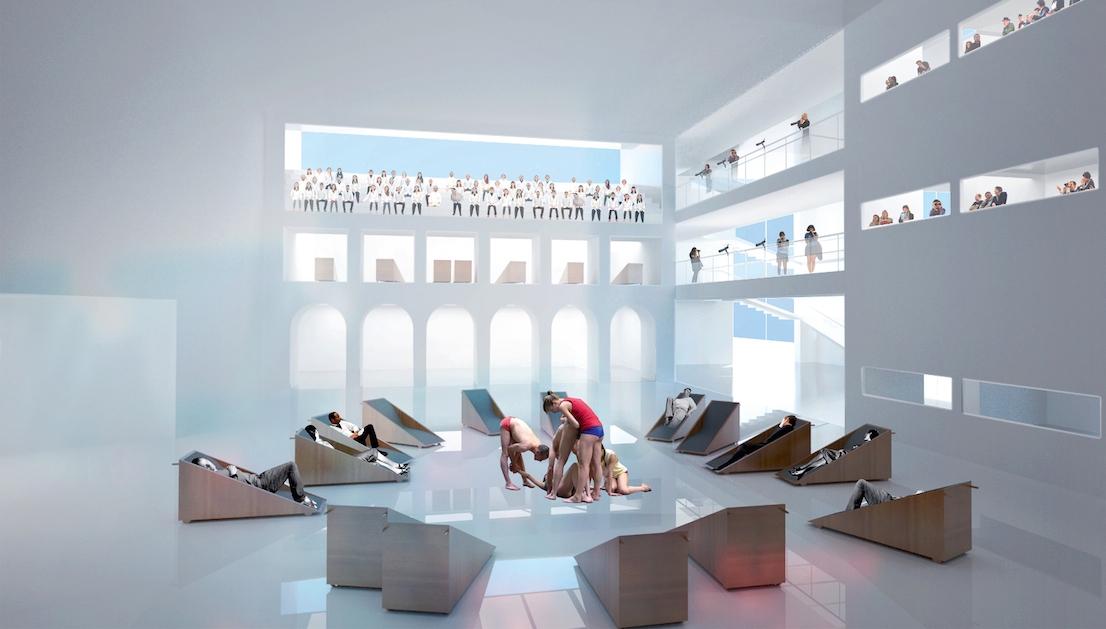
South Beach ACE
When Shohei started working on this task he was a vital part of OMA. As soon as the project started they knew that they wanted to make a unique, spacious and modern layout of the center. The key motive was to make a compact convention center that preserved as much open space as possible.
The team took special care to listen to the neighborhoods opinion but still make a unique project. The layout of the plan made sure the center was easily accessible from the main roads and all pedestrian flow was well directed. When thinking about the best way to preserve space they decided to combine the hotel, ballroom and convention center into one building. This choice was also very convenient for people and the space alike. The extra space allowed for a museum, theater and city hall to be built as well. The project was a successful mix of urbanism, architecture and the public domain.

CCTV Headquarters
This project is one of the biggest and most influential buildings built by OMA. The building is made up of 2 L shaped towers joined at the top like a bridge. The bridge, called the Overhang, is a kind of platform that connects the two towers. The form and shape of the building can be seen from all around Beijing as a strong and magnificent from. On the outside, you can see a glass/metal exterior that makes the structure look even more massive and overpowering. The structure was built to withstand earthquakes and tremors as well as most natural disasters. Work on CCTV HQ ended up taking longer than they estimated but overall it was a great success for both OMA and China.

I found out about this architect through his many projects and the occasional lecture he gives that are later submitted online. In his lectures, he doesn’t talk about his projects as much as I would like but instead about the process of thinking that makes the projects possible. He also likes to compare economy and environment growth to his projects history and aftermath. You can find out a lot more about him from his lectures as he merges a lot of information into each subject.
[Best_Wordpress_Gallery id=”25″ gal_title=”shohei”]
Maria Čerkić


